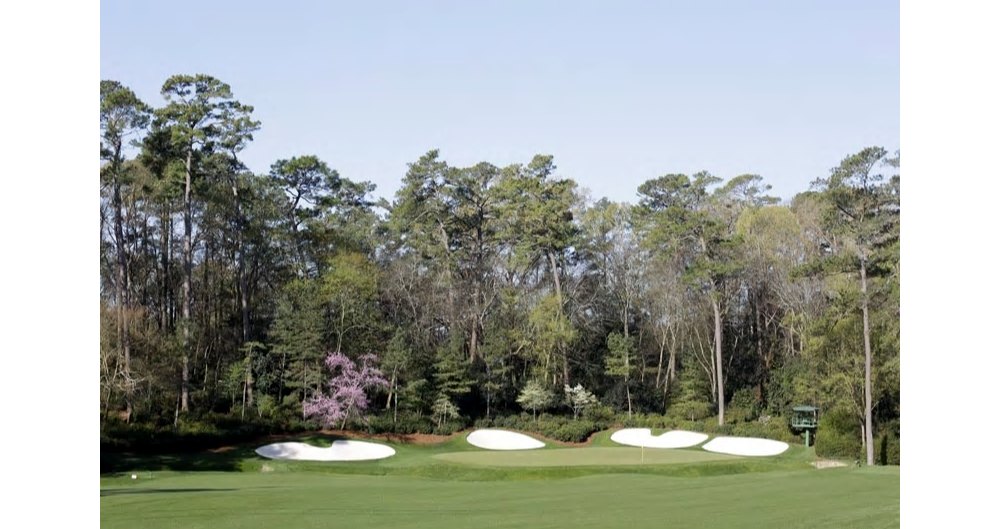Estimated reading time: 15 minutes
Augusta National is the most watched golf course for even the most minimal of changes. Or, as former Masters chairman Clifford Roberts sternly rebuked a media member when asked about changes made at the course, countered that actions taken were “improvements” — not changes.
The staging of the 86th Masters will showcase clear differences from the 2021 event. Teeing areas were extended on the 11th and 15th holes respectively. A new back tee at the 11th was moved slightly to the left and the 15th had work done in recontouring the fairway landing area along with added yardage to the pivotal hole on the back nine. An extension was also carried out at the 18th hole but the existing length will still be used for the event.
The club also purchased land from the adjoining Augusta Country Club for the possible extension of an added back teeing area at the iconic par-5 13th hole. Concern was expressed by Masters Chairperson Fred Ridley at his 2021 tournament press conference — that the core ingredients of risk / reward as espoused by founder Bob Jones is no longer providing a significant challenge to the world’s finest players.
At this point the hole will play at the same yardage but future developments bear watching.
Four architects were invited to provide their perspectives. Getting the thoughts of active architects provides a closer examination — looking behind the curtain and giving observers of the Masters a closer appreciation of how far the famed club has come from its beginnings in 1934 to present day.
The 2022 Masters signals a rebirth of spring with the golf season ahead.
Welcome to Amen Corner, in full bloom. #themasters pic.twitter.com/Aqd1YT9jjO
— The Masters (@TheMasters) April 2, 2022
***
What comments do you believe Alister MacKenzie and Bob Jones would offer if alive today in regards to what the architecture of Augusta National has evolved into? Do you believe they would approve or not approve of where matters stand today?
PIZA: I believe both would be progressive and open to change. Evolution is a key component of golf architecture and its artistic expression. A “work of art” is never finished. With this new golden age of architecture, I’m eager to see what Augusta National has in store for its centennial and possibly return to its original intent with, of course, modern attributes. You can see it happening now with the proposed second cut and opening on the right of the 11th fairway. Potentially a more strategic approach and some alternative shots onto the green could happen.
GEORGE: I think they would generally approve with the relocation and placement of tees, hazards and trees relative to protection of par. I do not think they would necessarily agree with the style that has been adopted by the generations of architects and club leadership that have been entrusted to implement those changes.
COCKING: I expect they would see both good and bad. The narrowing of holes and the ever-changing design of greens and bunkers would no doubt irritate Mackenzie. Plus, of course, the more radical alterations to holes like the 16th.
But for Jones, given that many of these changes occurred on his watch. I suspect he would be less bothered. Perhaps providing the alterations made for a more interesting tournament and still remained faithful to their original concepts of width, angles and strategy, he wouldn’t be so fussed about some of the details.
In terms of the lengthening of holes, particularly in recent years, I think both would perhaps be more critical of the failure of the governing bodies to do something about the ball, rather than of the changes to holes themselves.
I imagine they would both be amazed at what the tournament has become and be proud of the fact the course is still incredibly strategic and rewards bold and imaginative play. I expect they would also be satisfied in knowing their late decision to switch the nines was such a success. That, after all, helped make for the best 2 hours of viewing in all of golf.
COSTELLO: I think they would generally approve and be quite proud and thrilled with the continued success of the golf club and its iconic prominence in the world of golf. I can imagine them touring the golf course and being very interested, inquisitive, and amazed at the dramatic presentation and evolution of the architecture since its inception. They would likely comment on the number of trees that have matured and been planted.
I can picture them reminiscing on the multitude of decisions and strategic adjustments that they made during the creation of the course and how this same philosophy holds true to this day. Over the years, increasing the length of Augusta National has been one of the goals to attempt to restore strategy and shot values. One of Alister’s “13 Principles of Golf Course Design” addressed the proximity of the distance between greens and the next tee so that “…the holes are sufficiently elastic to be lengthened in the future if necessary”. How prophetic.
RTJ, Jr.: Bobby Jones knew there was a tension between the competitive golfer and the course he was playing. He liked that tension especially in medal play, so he encouraged changes at Augusta National while he was alive.
Alister MacKenzie disliked ponds, feeling the natural land included only creeks as water hazards, so he would not be comfortable with the new ponds, some of which were added by Bobby Jones and my father (Robert Trent Jones, Sr.) in the late 1940s and related to Ray’s Creek.
MacKenzie liked large visible bunkers and trees, known as the parkland style of American golf when golf migrated inland from the seaside. I think Bobby Jones would concur with the changes keeping up with the modern experts’ golf games as they confront the course during the Masters.
When competitors arrive at Augusta National, two holes will have changed from last year. #TheMasters https://t.co/KLQQxHGxBW
— The Masters (@TheMasters) April 2, 2022
Beyond the announced three changes at the 11th, 15th and 18th holes, respectively, Augusta National did buy adjoining property to Augusta CC with the thought of increasing the length to the famed par-5 13th. Should that have been carried out for the ’22 event and what impact strategically would then take place?
COSTELLO: I think this is very forward-thinking to have this land for future consideration. To my understanding this is the third time that Augusta National has purchased property from the adjoining club. The first-time land was acquired was in 1970. The first time was to create a privacy buffer with planting trees as backdrops for both the 12th green and 13th tees and then five years later the tee was shifted back adding 10 yards. The second time was in 2001 to add another 25 yards with the addition of a new Masters tee. If “what’s past is prologue” the vision for this latest land acquisition will be implemented in the near future.
As the last hole in Amen Corner, historically, this was a true “risk vs reward” hole and I understand the inherent reasoning behind wanting to increase the length to restore this challenging characteristic. The strategic interest in the hole is to place your drive as far as you can into the right to left banked fairway and then make the decision as to whether to risk going for the green in two or lay up short of the creek. Place your drive too far to the right and you may have a hanging lie or be in the grove of trees hitting off pine straw. Find the left inside corner next to the creek and be rewarded with a more level stance and better angle into the green. Opportunities to make a move are available but at what cost?
RTJ, Jr.: Augusta National Golf Club has increased in length on several of the holes recently. I like the current look and feel of the 13th tee shot, which is a sharp and somewhat dangerous dogleg off the tee. Club selection here is part of the mental test. A player does not always need to use a driver. Precision and accuracy are more important at the 13th From a member’s point of view, the 10th through the 13th are an exquisite and beautiful masterpiece of golf art. Descending on the 10th is like walking into a landscape painting.
GEORGE: I disagree that the 13th hole should be lengthened at all. It is a wonderful par 5 for members and could be played for the Masters as a par 4. It could be made treacherous with pin locations alone which could raise stroke average to acceptable levels.
Or, simple fairway bunkering alone could complicate or eliminate certain driving options for pros if left as a par 5. Length does not always have to be the answer. Even if they add 100 yards, someone will still reach in two shots, while ruining the intrigue, drama and anticipation for players and spectators alike.
COCKING: The 13th is without doubt one of the great holes in the world of golf. It has been a reachable par five for most of its 90 years, but the approach generally hovered between a long iron or a fairway wood.
Given the tilt of the green, the creek and of course the pronounced ‘hook’ stance on the right half of the fairway, it made for a risky but tantalizing second shot for those going for the green. It was a shock then, when just a few years ago, Bubba Watson reduced it to a drive and pitch by playing across the corner trees, significantly taking away much of the strategy and interest.
As much as I’d prefer to see the ball flight reduced, adding length here would take away cutting the corner as an option and return the design intent for the game’s elite.
PIZA: Length will always be the possibility but, maybe even shortening the hole and encroaching the first landing area could be an option. This could encourage a 3-wood play thus bringing back a bit of the original strategy and a more exciting second shot decision.
The layout tells a beautiful story, specially at Amen Corner, where players are coming from a monster at the 11th to a short 3 at the 12th to a potentially three-wood par-5 then back to driver at the 14th. I personally love that “change of gears” combination.
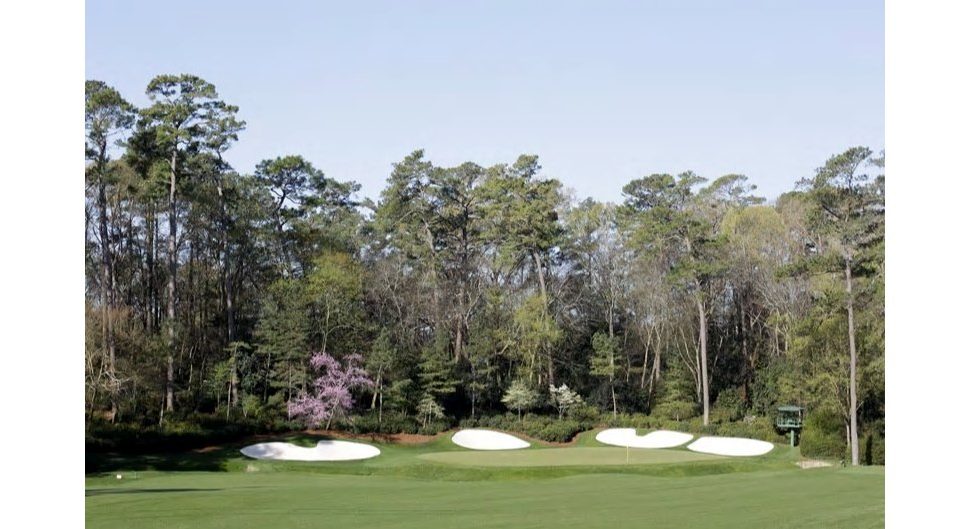
For a number of years now Augusta National has had a “second cut” — grass higher than fairway height but not overly so to be described as rough. There has also been the insertion of trees planted to taper the width on select holes — the 1st, 11th and 15th come quickly to mind. Were such inclusions a wise choice given the desire of both Jones and MacKenzie that Augusta National be reminiscent of an inland St. Andrews Old Course?
GEORGE: It was a wise choice but they should raise the height of the “second cut” and make it more penal. The golf course is getting too easy. The bombers will eventually overtake it completely.
PIZA: The beauty of St Andrews is precisely the way it plays. There is no better example of a strategic golf course in the world where you can play distinct shots and angles. Its acknowledgement came full circle after architects tried penal design styles in the late 19th and early 20th century on other courses.
During the original “Golden Age” of Golf Architecture, 100 years ago, more golf course architects emulated St Andrews strategic design of play. I believe we are living a new era of Golden Age and it will be very interesting to see how Augusta National will evolve for its centennial. Regardless, if history repeats itself, Bobby and Alister would still be very proud of their collaboration.
COCKING: I always preferred the course when there was no second cut. Augusta was the poster child for using width and angles to create strategy and interest. It’s still a very wide golf course, but the narrowing of certain holes and the planting of trees has moved it slightly further away from this original ideal. I don’t find the trees on the 1st hole to be such an issue but certainly the 11th and 15th have changed how those holes played and they’ve become less interesting as a result.
I’d love to see the second cut removed but I don’t think this will come until there is a change to the distance the golf ball travels. Once that occurs, I’m confident the course will return to something closer to what we saw in the in the 1980s and 1990s.
RTJ, Jr.: Fairway and rough cuts are like women’s hemlines: they go up, down and sometimes knee height according to the fashion of the day. Fairway and rough delineations are similar to the golf fashion of the day.
COSTELLO: I think when they first toured the property, they could visualize that this expansive inland landscape could be reminiscent of the Old Course and that those strategic design principles would apply to emphasize shot placement for preferred angles and navigating the well-placed bunkering and undulating fairways and greens. Fast-forward to modern times, and the “second cut” and tree additions were some of the “tools” available to attempt to address driving distances and restore strategic values for Augusta National.
With respect to the second cut, it is not an unrecoverable penalty except for less spin. Part of the defense of the Old Course at St. Andrews has to do with the links-landscape and conditioning outside of the fairway where players can find unexpected pits and hollows, inconsistent turf, and impenetrable gorse bushes. However, some of the tree planting has narrowed the corridors resulting in removing the former optional lines of attack that would encourage creative shot-making into some of the flag locations.
Part 2
***
The Participants
Brian Costello, ASGCA
Principal, JMP Golf Design Group
Belmont, California
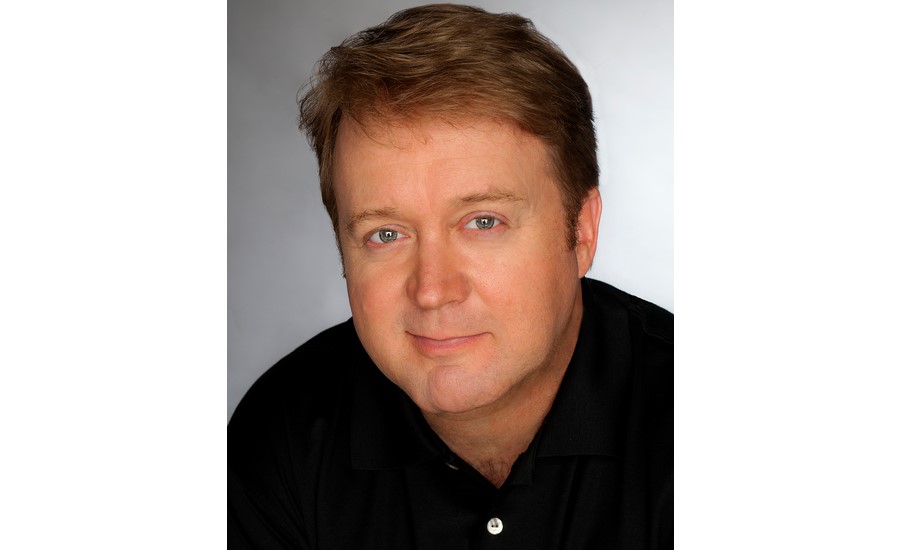
Brian Costello is in his 33rd year as a golf course architect based in California. He is a member of the American Society of Golf Course Architects having recently served a three-year term on the Board of Governors and a current officer on the Executive Committee. In 1989 Brian joined JMP Golf Design Group and became a Principal of the firm in 1994.
Costello has designed many award-winning golf courses in the US and internationally. His original design portfolio includes Whiskey Creek GC, Maryland; Callippe Preserve GC, California; and numerous courses in Asia that have hosted Asian and European Tour Events. His recent renovation work includes Palo Alto Hills G&CC and Skamania Lodge GC.
Robert Trent Jones, Jr.
Robert Trent Jones Golf Course Architects
Palo Alto, California
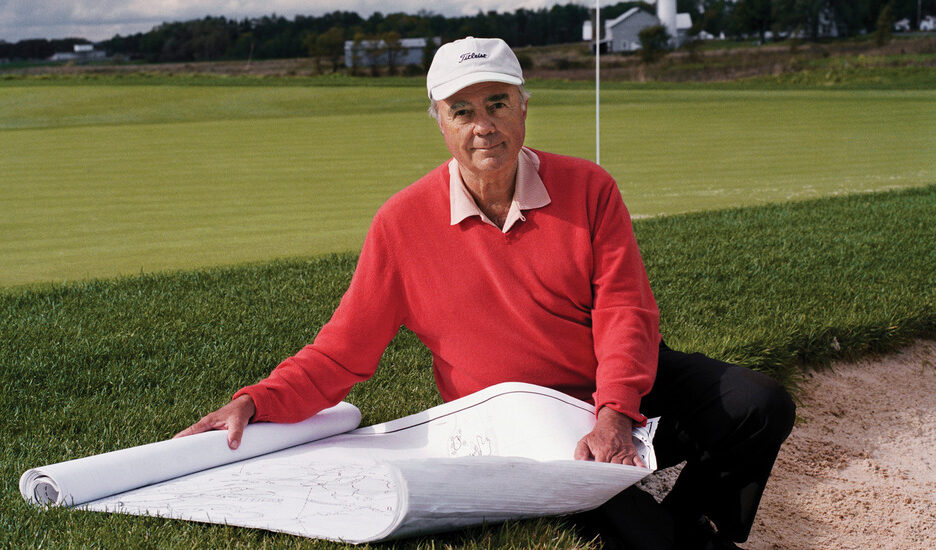
In a career spanning more than six decades, Robert Trent Jones, Jr. (Bobby) has designed more than 300 golf courses in over 40 countries on six continents. RTJ II courses have won countless awards and accolades, been ranked among the best layouts throughout the world, and hosted tournaments on every major golf tour.
The Trent Jones name has become a trademark—like a Rolex watch or Faberge jewelry: it guarantees a well-crafted golf experience set comfortably in its natural environment.
Mike Cocking
Director / OCM Golf
Sandringham, Australia
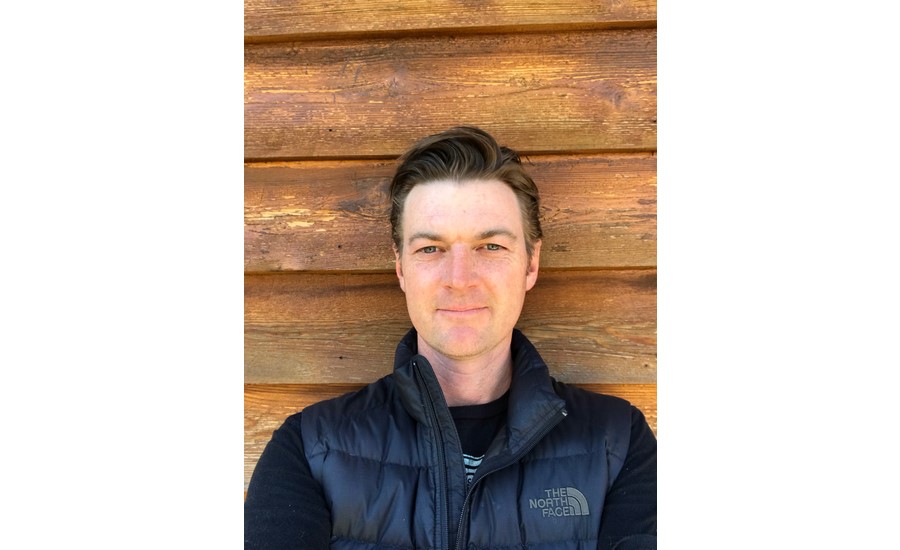
The golf bug took hold in my early teens, and I quickly developed an interest in all parts of the game; its history, the players and of course, design and the world’s great golf courses. After completing a degree in engineering and a brief stint playing at a high level, I pursued a career as a golf course architect.
When my home course was being renovated, I was lucky enough to get a part time job with the company who’d been awarded the work. Ashley (Mead) started at the same time with the same firm, which means we’ve now worked with each other as design partners for just over 20 years. In 2010 Geoff Ogilvy also joined us.
We are fortunate to work with many well-known clubs around Australia in the last decade we’ve become better known overseas – particularly in America. Our first commission at Shady Oaks Country Club (Fort Worth, Texas) was completed in 2019. Following the success at Shady, we were awarded the redesign of Course #3 at Medinah Country Club plus new projects in Minnesota and Georgia.
Agustin (Augie) Pizá
Founder / Piza Golf
Oceanside, California

Award-winning architect Agustin Pizá earned a Bachelor of Architecture degree from ITESM and a Masters Degree in Golf Course Architecture from Edinburgh University in Scotland. He is a proud member of both the European Institute of Golf Course Architects (EIGCA) and the American Society of Golf Course Architects (ASGCA).
For 23 years, Pizá has worked on world class golf developments. His designs are known for delivering quality, aesthetic, and strategic golf courses. He and his design team have worked and have been involved in more than seventy projects on three continents.
Lester George
ASGCA
Richmond, Virginia
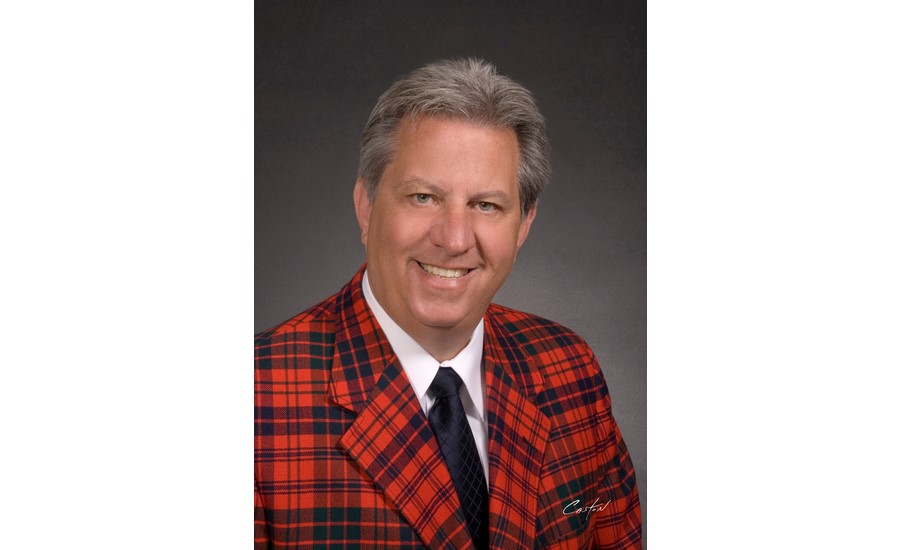
With more than 30 years of experience in the field of golf course architecture, Lester George is an industry leader in the design of new courses, practice facilities, and course renovation and restoration. A member, and past Board of Governors member, of the American Society of Golf Course Architects (ASGCA).
His creativity and problem solving have earned him a host of design excellence and environmental awards, including having designed the most highly-rated course in the history of Virginia. Lester prioritizes economic and environmental sustainability, and he has performed historic renovations/restorations at several of Americas most treasured golf courses.
